Why Do Women Climate More Than Men?
Twice a year, I look forward to putting together this Theatre in the Age of Climate Change series. The depth and breadth of work being done at this intersection reminds me that though there are plenty of reasons to despair (here’s one of them), there are also countless people determined to keep the planet habitable, and all of its creatures alive and thriving. Please join me this week for another edition of Theatre in the Age of Climate Change.—Chantal Bilodeau
I have been doing work at the intersection of arts and climate change for over a decade, and though I have no scientific data to back what I’m about to say, I have observed that women climate much more than men—that is to say, this particular intersection is overwhelmingly female. I have found this to be true again and again, whether I’m leading workshops, commissioning playwrights, or publishing essays by artists who engage with the issue. As soon as you say “arts” and “climate change” in the same sentence, the traditional male/female ratio gets reversed.
In a world where we have to fight tooth and nail for equal representation, how did women manage to claim a space, let alone that space, for themselves? Although this state of affairs seems to be true in all of the arts, including the theatre, it is certainly not true in the sciences. According to the National Girls Collaborative Project, women make up only 29 percent of the science and engineering workforce. And my own unscientific observations, based on who I meet at universities and climate change conferences, confirm that there are far more male climate scientists than female. So, what is it about the intersection of arts and climate change that attracts women, or, at the very least, that hasn’t caught most men’s attention yet?
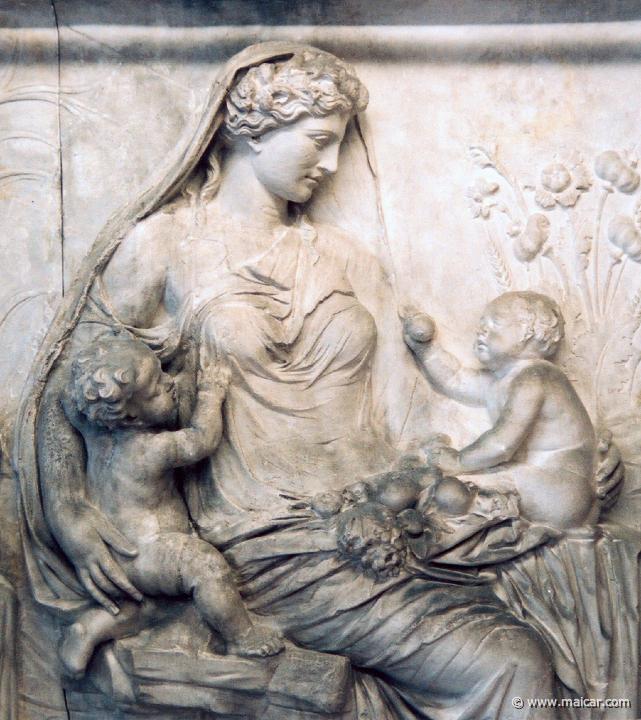
Since we are the primary caretakers of children, I suppose it follows that we would be the primary caretakers of the planet. How we bond with our offspring must be similar to how we bond with nature and our environment. In almost all cultures Mother Earth is female so there is clearly a deep-rooted connection; think of Gaia (Greek), Pachamama (Inca), Jörð (Norse). Not to mention the countless female deities associated with nature such as goddesses of water, wild animals, mountains, forests, etc. But while this reasoning may be partly true, I hesitate to see it as absolute and reinforce traditional gender roles. If the nurturing impulse was the sole driving force, we would be a majority in more than one discipline that has climate change as its primary focus.
Since [women] are the primary caretakers of children, I suppose it follows that we would be the primary caretakers of the planet.
Could this gender imbalance be a function of the deeply entrenched inequalities in the arts, which keep women in the margin, away from economically-viable opportunities and the eyes of the public? Used to being cut off from the mainstream, we may be turning to where we feel we can have an impact. With climate change being so politically charged, small and nontraditional venues are more likely to engage with it than large institutions. Those venues are also more likely to have a woman at the helm, which, in turn, increases the chances of women artists working there. Since commercial success is mostly inaccessible to us, maybe we choose to focus on issues that are personally meaningful rather than financially rewarding.
In addition, according to UN Women, climate-induced disasters exacerbate entrenched gender inequalities. Or, as the title of a WomenWatch article aptly describes it, The Threats of Climate Change are not Gender-Neutral. In impoverished countries, women and girls face greater health and safety risks as resources become scarce or compromised, and they are more likely to become victims of gender violence. Women also have less access to decisionmaking and economic assets that may mitigate the effects of climate change. Female artists may be especially attuned to this reality and understand the need to address climate change as an imperative to protect ourselves.
I brought up this question of gender in relation to arts and climate change in a few conversations recently to see if anyone had any insight. A colleague from the UK cited women’s ability to collaborate as a possible factor influencing female artists’ decisions to engage this issue. Climate change mitigation and adaptation requires collaborative problem-solving across many sectors and an ability to bring multiple partners together. Since women show greater proficiency in this skill than men, she posited, wouldn’t they naturally gravitate toward a field that requires working across disciplines and establishing successful collaborations? I did a bit of research to see if there was data out there that supported this claim. This is what I found:
According to an article from BBC News, a worldwide study conducted in schools shows that girls outperform boys at collaborative problem solving. Girls “show more positive attitudes towards relationships, meaning that they tend to be more interested in others’ opinions and want others to succeed.” Another study done by the School of Management at the University of Buffalo reveals that “when male-dominated work groups foster collaboration and communication, it’s women who are more likely to emerge as leaders.” Because groups tend to choose leaders who exemplify their values, when those values include communication and increased interactions between members, women have a leadership advantage.
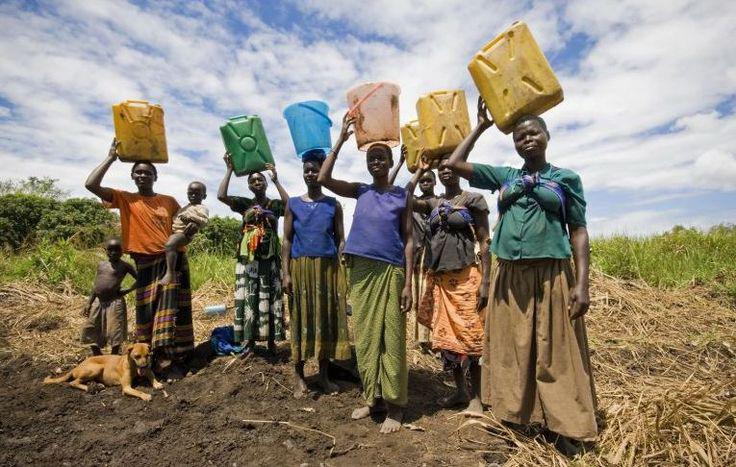
Further research produced another interesting article published by Stanford Medicine about the cognitive differences between men’s and women’s brains. Women retain stronger, more vivid memories of emotional events than men do. They also recall emotional memories more quickly, and the ones they recall are richer and more intense. As a warning not to jump to easy conclusions though, the Stanford article concludes: “Trying to assign exact percentages to the relative contributions of ‘culture’ versus ‘biology’ to the behavior of free-living human individuals in a complex social environment is tough at best. … The role of culture is not zero. The role of biology is not zero.”
Is it possible that female artists are intuiting the world’s need for certain skills, know that they are ours to offer, and actively seeking ways to use these skills in service of a different future?
In light of these studies, it seems reasonable to say that women tend to work more collaboratively than men, and that this propensity may be a factor in why female artists are taking on climate change in greater number than their male counterparts who are better equipped at solving problems alone. And if women do, in fact, have stronger and more vivid memories of emotional events then men do, and recall them more quickly and intensely, wouldn’t it be harder for us to turn away from the tragedies brought on by climate change? Wouldn’t we feel compelled to expose them in every way we can and work to prevent more from happening?
All of this suggests that there isn’t one reason but, more likely, multiple reasons why women climate more than men. And these reasons are both internal and external. They have to do with who we are biologically, how our genetic makeup predisposes us to seek or excel at certain things, and how we relate to our life circumstances and exist in a world where our chosen roles are affirmed or denied by our communities.
OK. This is perfectly logical, but entirely uninspiring. Let’s try something more radical.
Is it possible that female artists are intuiting the world’s need for certain skills, know that they are ours to offer, and actively seeking ways to use these skills in service of a different future? Are we slowly establishing ourselves as leaders by using the arts, a fairly benign point of entry, to show what is possible? Are we engaging with climate change because it’s urgent, yes, but also because it’s the most obvious leverage point in creating a more gender-balanced world?
Forgive me for waxing poetic here but I do believe there is truth to the saying “The Future is Female.” It’s no coincidence that the #MeToo movement is happening in this very moment and that women all over the world are taking to the streets. Yes, it took a corrupt, racist, misogynist, narcissistic, and generally disgusting president in the United States to galvanize us, but the abuses perpetrated against women—whether sexual or other—are no different than the abuses perpetrated against our planet.
Luckily, the systems that have made those abuses possible are starting to crack. And we saw what happened last summer when a crack in the Larson C ice shelf grew to the point where an iceberg the size of Delaware, weighing one trillion tons, broke free from the Antarctic continent. Cracks are to be taken seriously. If you keep chipping at them, they invariably turn into earth-shattering events.
Perhaps after millennia, the cosmic pendulum is finally swinging back toward the feminine. Thanks to women everywhere, perhaps the yin is finally reasserting itself and reclaiming its share stolen by the yang. And perhaps just like our days running our economy on fossil fuel are numbered, our time running the world on testosterone is over.
And to the men out there who may be wondering what’s going on, I say: Join us! We need you! We need you in the #MeToo movement. We need you in the environmental movement. We need you making deep, challenging, beautiful, provocative, earth-shattering work at the intersection of arts and climate change so we can all find our way forward together. A number of your peers—brave male artists, including wonderful theatre artists—are already doing this work, but we need more. And don’t be mistaken: this is not about hugging trees (though if you’ve never hugged a tree, I highly recommend it). This is about figuring out whether we have it in us, as a species, to continue living on this earth with justice and integrity.
Before I sign off, here’s a last bit of statistics from the United Nations Department of Economic and Social Affairs:
The evidence is clear: wherever women take part in a peace process, peace lasts longer. In fact, a peace agreement, which includes women, is 35 percent more likely to last at least fifteen years. And without the solid foundation of peace, development is doomed to be unstable and unsustainable.
Climate change. Justice. Peace. We got it.
Now, Ladies. Let’s climate some more, shall we?

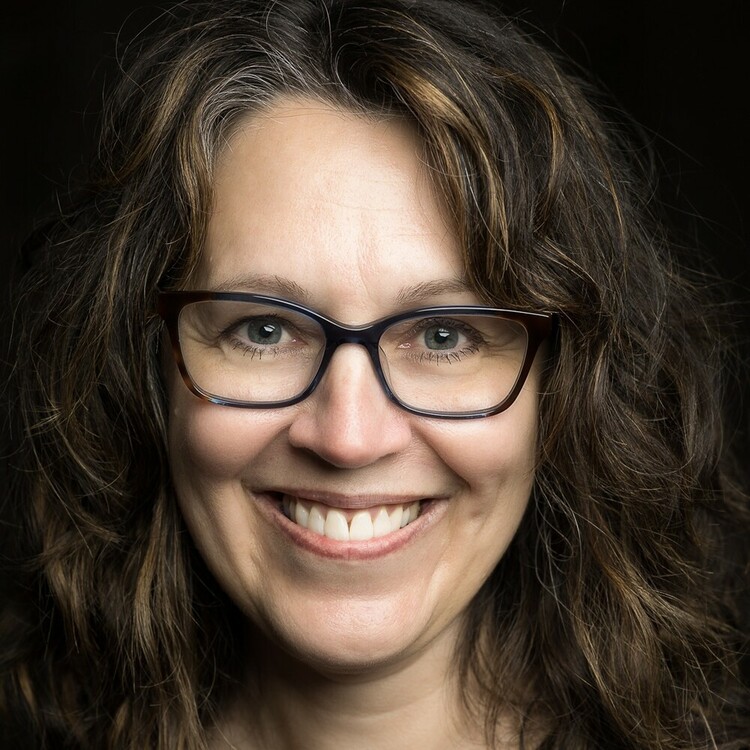
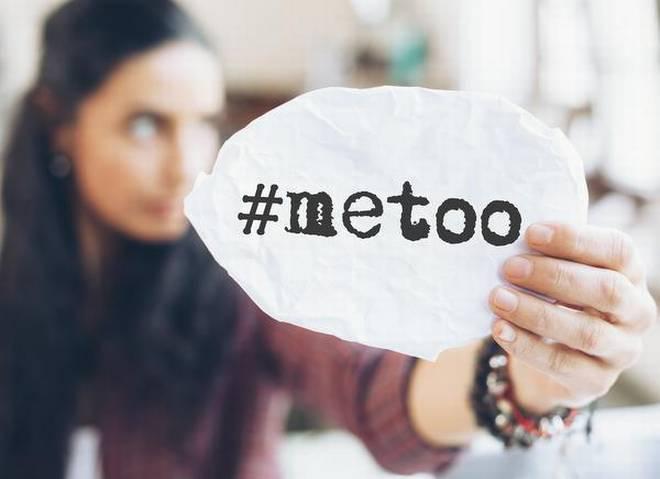
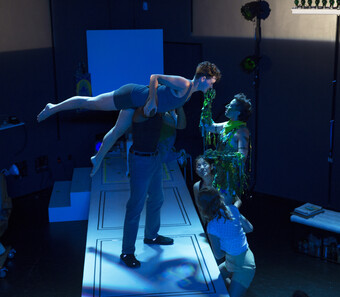

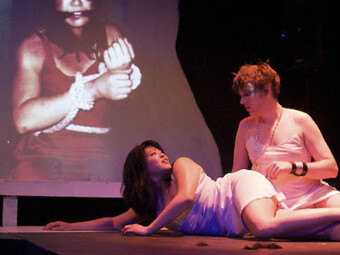

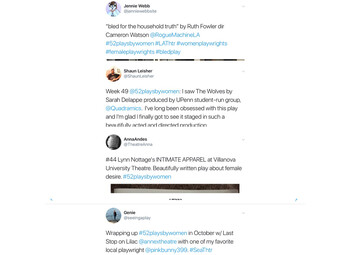

Comments
The article is just the start of the conversation—we want to know what you think about this subject, too! HowlRound is a space for knowledge-sharing, and we welcome spirited, thoughtful, and on-topic dialogue. Find our full comments policy here
I love climate as a verb! I appreciate your thinking about how research from other fields can be applied to theatre-making. This article is inspiring in its perspective about why women deserve more artistic opportunities - we have skills the world needs!
I love climate as a verb! I appreciate your thinking about how research from different fields can influence the way we think about women's artistic leadership. This is an inspiring essay that I look forward to sharing with others.
Thank you for this interesting article! As someone who is passionate about theatre and climate change I believe theatre can help tell the stories of those most impacted by climate change. I thought you should know about this wonderful
Organization a group of friends have started -https://www.c-changeconvers....
C-Change Conversations is a volunteer led association committed to promoting non-partisan dialogue and education around the topic of climate change. We aim to engage our community in critical, non-partisan discussions on the many implications that climate change has for us and for our children. In the past three years we have produced 13 lectures or Conversations. Our latest effort, the C-Change Primer, has been seen by local planning associations, civics groups and a national bi-partisan organization. C-Change Conversations is in the process of becoming incorporated as a non-profit (501 c3)
Hi Leslie, thanks for letting me know about your organization. I'm glad there are so many people out there—and so many women!—doing interesting and much needed work. Good luck with the incorporating process and if you present anything in NYC, let me know!
why didn't you review the EXTREME WHETHER stage play by LA MAMA written and directed by Karen Malpede? any reason?
Yes, I don't review work.
I see. Did you ever see it in 2014 or 2016 or this March 1-18 even without reviewing it.? Amy brady reviewed for village voice online. I didnt get a chance to see it, either.
I saw a reading of it some years ago.